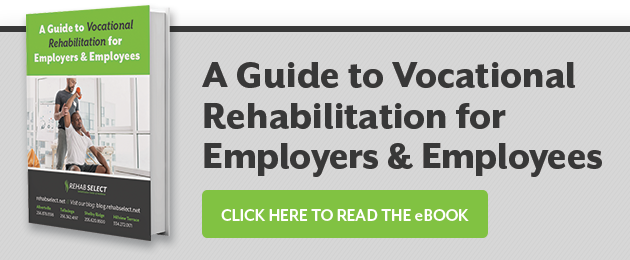 When workers are injured on the job, achieving maximum medical improvement – restoring their personal best level of health, function and productivity – is, of course, top priority.
When workers are injured on the job, achieving maximum medical improvement – restoring their personal best level of health, function and productivity – is, of course, top priority.
However, as important as that goal is, the reality is that consideration must also be given to the cost-effectiveness of any treatment plan devised to accomplish it, since resources are never, even in the best of circumstances, unlimited.
So does investing in rehab for injured workers typically prove to be a cost-effective treatment option?
Research shows that getting injured workers back to work – even in a limited capacity – as quickly as possible leads to faster recoveries and better overall outcomes for those employees, and that the likelihood of an injured worker returning to full employment after workplace injury decreases dramatically as the length or time away from work increases.
As anyone who handles workers' comp claims knows, the longer claims remain open, the higher the direct and indirect costs. That means that quick, successful recoveries and timely returns to work benefit both injured workers and employers, as well as insurance companies and other stakeholders involved in managing workplace injuries. So how can rehab for injured workers help address these issues?
An individualized and intensive rehabilitation program, administered by a multidisciplinary team of rehabilitation professionals, works to help injured workers restore functional ability lost to injury as quickly, safely and efficiently as possible, making an early return to work more likely.
If light duty or a transitional position is necessary to make that happen, the rehabilitation team can offer a detailed and accurate assessment of the functional capacity of the worker to aid in ensuring that that his or her medical needs are safely accommodated on the job – increasing his of her odds of success.
Additionally, rehab teams also work to educate and inform workers in their care on proper body mechanics and/or injury prevention principles and techniques to help reduce risk of re-injury and/or other workplace injuries in the future.
These services and others provided by a solid rehabilitative therapy program can offer a proactive means of helping workers overcome impairments caused by workplace injury, getting them back on their feet and back to work as quickly as possible. Providing this level of care via rehab for injured workers offers the ability to wrap up workers' comp claims in a timely fashion, reducing the costs associated with workplace injuries and their management.





